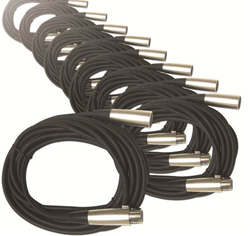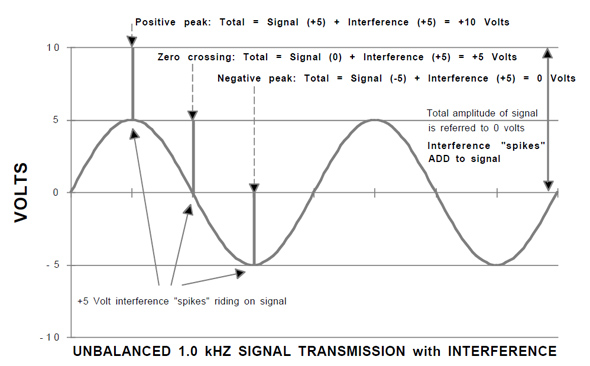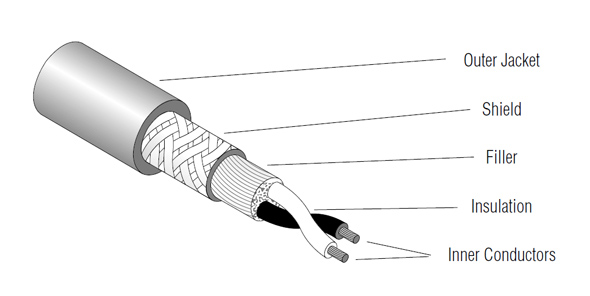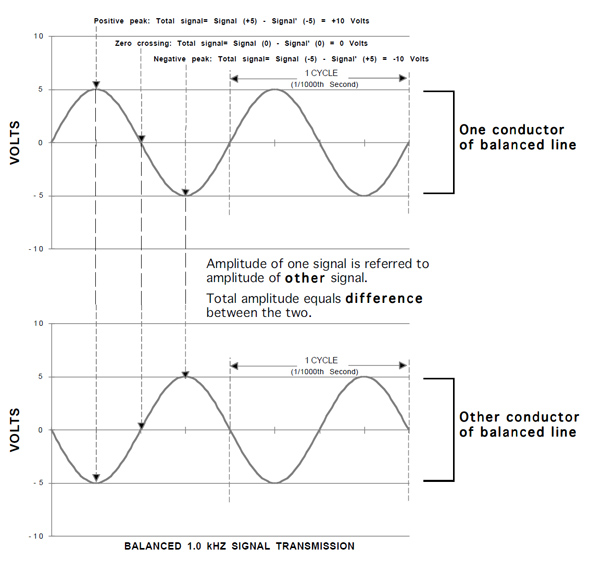
There are several ways to balance lines. Although note that acctually, the term “balanced” is very often used incorrectly to refer to lines that are actually floating. Properly speaking, a balanced line is one which has equal impedance from each side to ground. An unbalanced signal may be derived from it by using one side of the pair as “hot” and ground as common. A floating line has no reference to ground, and must have on side of the line tied to common to “unfloat” it.)
The input transformers once required by low-Z mic preamps also provided a floating input as long as neither side of the transformer’s primary winding was tied to common. This is where the “low-impedanceis-balanced” misconception began.
The use of balanced lines was actually just a by-product of the requirement for a transformer to step up the low signal level. Using modern low-noise integrated-circuit design, a low-Z mic preamp can be clean, quiet, balanced and a lot cheaper to build—without a transformer.
What are the basic parts of a high-Z microphone cable and what does each one do?
A high impedance mic has many of the traits of an electric guitar, so the cable used for it is generally a coaxial instrument cable. The “hot” center conductor is insulated with a high-quality dielectric; shielded electrostatically to reduce handling noise and triboelectric effects; shielded with a braid, serve, or foil which is also used as the current return path for the signal; and jacketed for protection.
What are the basic parts of a low-impedance microphone cable and what does each one do?
The basic cable construction for low-Z mic or balanced line applications is the shielded twisted pair. It consists of two copper conductors which are insulated, twisted together (often with fillers), shielded with copper, and jacketed.
What gauge and stranding should the two conductors be?
The amount of copper in any electrical cable is usually dictated by the amount of current it has to carry, or by the tensile strength it requires to perform without breaking. If we take the worst-case situation, where the cable is used for a line-level (+24 dBm) 600-ohm circuit, the current is a negligible 13 milliamperes (that’s 13 thousandths of an ampere). The power in such a circuit is 100 milliwatts, or one-tenth of a watt. The current produced by a typical 150-ohm microphone connected to a 1,000-ohm preamp input is less than 10 microamperes (that’s 10 millionths of an ampere), with power of less than a microwatt.
By these figures it is apparent that not much copper is required to actually move signals around, except in applications demanding extremely long cable runs. Many low-impedance mic cables use 24 AWG conductors with excellent performance, and most multipair “snake” cables have 24 AWG (7 strands of 32 AWG) conductors.
Other things being equal, more individual strands in each conductor mean better longevity and flex life. Since singers using hand-held microphones can put a cable through several hours of tugging, twisting, straining and other abuse, these situations call for finer stranding and often larger conductors, sometimes as large as 18 or 20 AWG. However, the sonic properties of the cable may be compromised by using large conductors.



